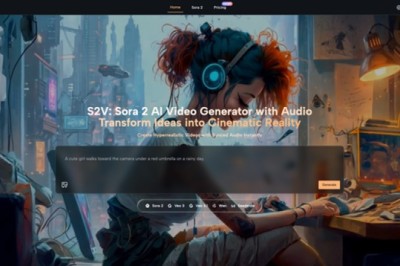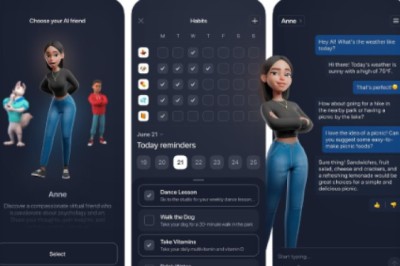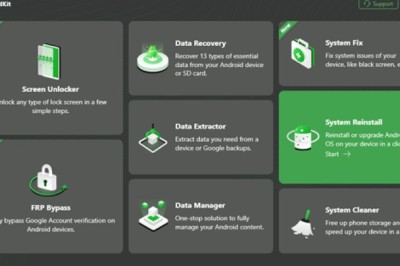views
Image source: pexels.com
The world wide web is continuously changing. It’s a place where you could find information on anything and everything. Today, the internet is evolving as it becomes a more essential part of our lives.
Web3 is the most recent version of the internet. Eventually, experts say that it’s going to change how people interact with each other online. It will also have a huge impact on how different industries operate. Here are some things that you need to know about this new technology.
1) What Is Web3?
Before we talk about Web 3, let’s first look at some of the key features of Web1 and Web 2.
- Web1: This era is usually known as the “read-only” internet. Websites barely had any dynamic content and were mostly used for reading articles or viewing static pages. There was also a lack of user interaction compared to today’s websites.
- Web2: The next generation of the internet is called Web2. It includes websites like Facebook, Twitter, Instagram, etc. These websites allow users to create and share their own content by interacting with others. In general, Web2 is the internet as we know it today.
Web3 is seen to be the next generation of the internet. The goal of Web3 is to make the internet more secure, private, and efficient. Many experts believe that Web3 will be a decentralized network that can run without any centralized servers or third-party intermediaries.
Web3 is also believed to be built on top of the blockchain. Blockchain technology is a distributed ledger system for recording transactions simultaneously across many computers. This means that all data is stored in “blocks,” which are linked together through cryptography. This allows anyone using the network to verify the validity of each block.
2) Examples of Web3 Technologies
Several examples of Web3 are out there. Here are some of them:
- Blockchain: Blockchain technology is believed to be the foundation of Web3. It uses encryption to record transactions between two parties efficiently and securely.
- Cryptocurrency: Cryptocurrencies like Bitcoin are also considered one of the best ways to implement Web3. They are digital currencies that were created to work independently of banks and governments.
- Decentralized Apps (DApps): DApps are applications that run on top of the blockchain platform. These apps don’t require users to trust a central server or company. Instead, they rely on cryptographic proof to keep their data safe.
- Smart Contracts: Smart contracts are computer programs that automatically execute when certain conditions are met. For example, if someone pays for something, the smart contract will release funds into the seller’s account.
3) Features of Web3
Here are some of the main features of Web3:
- Decentralization: With Web3, decentralization will become a more common feature. This is thanks to the fact that the internet will no longer depend on a single entity, such as a government or corporation.
- Semantic Web: Semantic web refers to a web that understands humans. In other words, it allows machines to better understand what we mean by our language. This helps the web to give better results based on our searches.
- The Metaverse: The metaverse is an online virtual world where people can interact with others, buy items, sell items, etc. Web3 aims to create this kind of environment so that the internet can reach more people. Integrating the metaverse in the world wide web also creates more immersive experiences for users.
4) The Future of Web3
Web 3 is still a fairly new concept. Some companies even offer Web3 bounties for those who can develop useful products and offer specialized work related to Web3. Since the supply of Web3 developers doesn’t meet the demand yet, companies have started offering Web3 bounties to encourage developers to join their teams.
However, the future of Web3 looks bright. Experts predict that this new technology will change the way people interact with the internet. With Web3, we can potentially see changes in the following:
- Financial Services: Banks and financial institutions could use Web3 to make their services more efficient and secure. They could also help customers manage their finances without going through intermediaries. This makes it possible to transfer money across borders quickly and safely.
- Government Services: Governments could use Web3 to provide better services to their citizens. Services and applications could be built directly on the blockchain, providing more freedom and democracy for users.
- Business operations: Businesses could use Web3 to improve their business processes. It could allow them to better track inventory, automate payments, and streamline internal business transactions. Web3 also has better cybersecurity to protect its customers’ data.
The Bottom Line
Web3 is still a relatively new concept. However, it has great potential to revolutionize how we use the internet. As time goes by, Web3 will continue to evolve and grow into something much bigger, and we’ll eventually see it become a major part of everyday life.
























Comments
0 comment